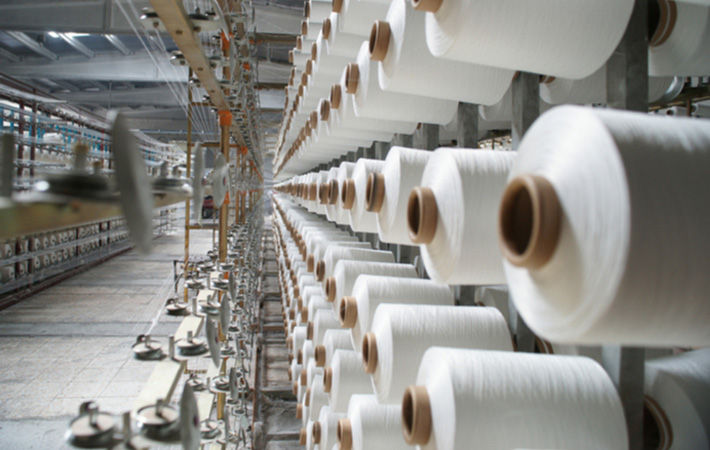
The domestic supporting industry, which remained underdeveloped and overly reliant on imports, has been identified as a major weakness for Vietnam, especially in key industries like textile, leather and footwear, manufacturing and automobile.
The impact has more during the pandemic as Vietnam’s top suppliers of parts, including Chia, South Korea and Japan, were hit hard by COVID-19, causing severe disruptions to production in Vietnam.
In addition, over-reliance on outside supplies has crippled the development of indigenous supporting industries while cutting deep into domestic firms' profitability.
The ministry has proposed a restructuring plan for Vietnam’s industries with a focus on the development of supporting industries. Significant progress had been made in the 2011-20 period with industrial production accounting for around 27.45 per cent of the country's total gross domestic product (GDP) annually, it was quoted as saying by a Vietnamese newspaper report.
The ministry advised the government to focus on qualitative development instead of quantitative and to take measures to improve productivity, one of the main weaknesses of the economy.
By the end of 2030, industrial production is to account for 40 per cent of total GDP, manufacturing value added per capita over $2,000 with a 45 per cent contribution from high-tech industries.
The ministry said among the top priorities for the next ten years is how to restructure many state-owned enterprises under their own management, which have been underperforming and causing losses in the billions of dollars for decades now.
Fibre2Fashion News Desk (DS)